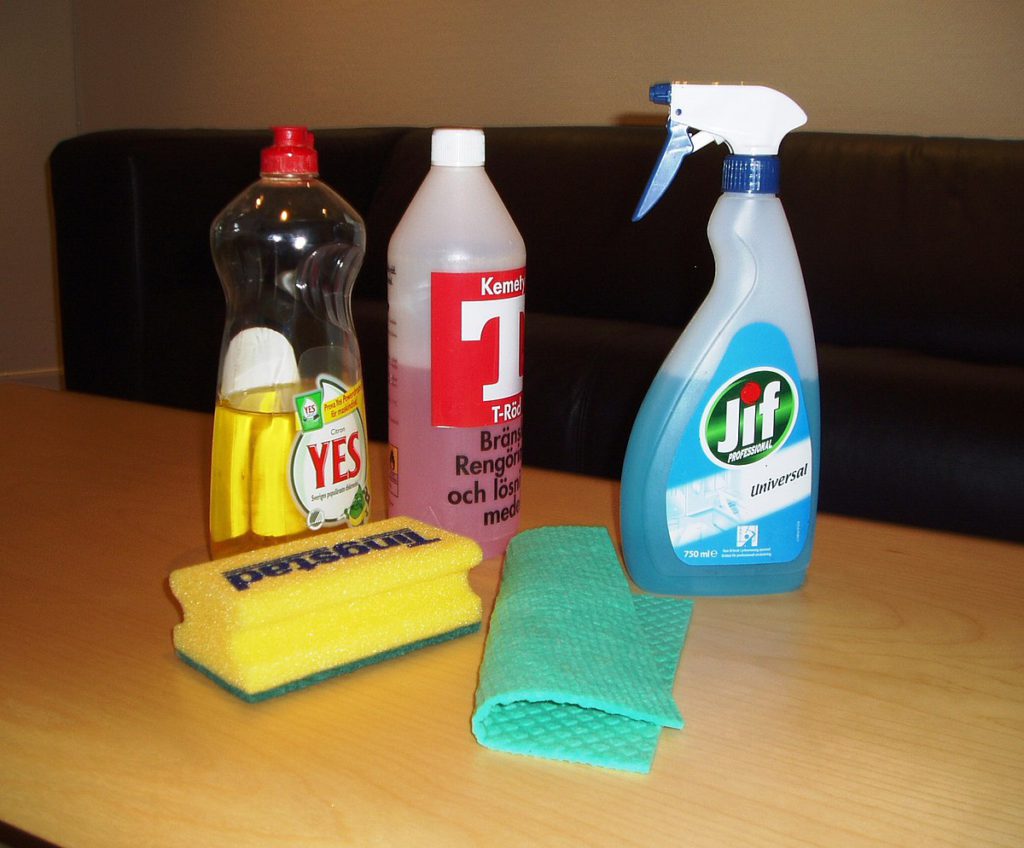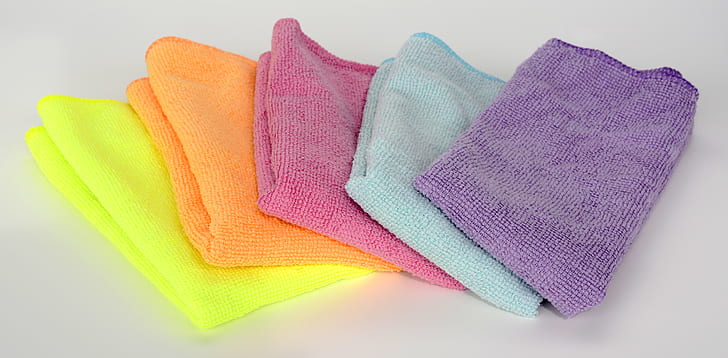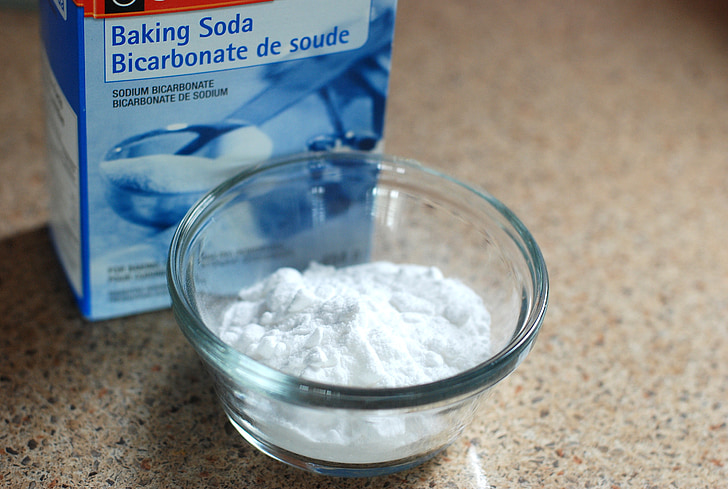Ever opened your refrigerator to find mysterious odors, sticky spills, and containers of who-knows-what hiding in the back? You’re not alone. Most households struggle with fridge maintenance, leading to wasted food, higher energy bills, and potential health risks from bacterial growth. The good news? A few simple cleaning habits can transform your refrigerator from a science experiment into a fresh, efficient food storage system. This guide breaks down the six essential truths about refrigerator maintenance that will help you maintain food safety, extend your appliance’s lifespan, and potentially save hundreds on groceries and electricity costs.
Lurking beneath your fresh produce and sealed containers, bacteria multiply on neglected refrigerator areas, compromising both food safety and how well your appliance runs over time.
6. Selecting the Right Cleaning Arsenal

Why risk damage to your fridge’s interior? Harsh chemicals corrode components while gentler alternatives can be just as effective. Commercial cleaners often contain ammonia and bleach that deteriorate rubber seals and plastic components over time, leading to expensive repairs and shortened appliance life.
Instead, harness the power of natural cleaners that do the job without the risk. Mix white vinegar with mild dish soap (1 cup vinegar to 1 cup water) in a spray bottle for an all-purpose solution that cuts through grease, dissolves sticky residues, and even kills common foodborne bacteria. For stubborn stains, let the solution sit for 5-10 minutes before wiping. This simple mixture costs pennies compared to commercial cleaners yet protects your investment while keeping food-adjacent surfaces toxin-free.
5. Cautionary Note for Specialty Surfaces

Noticed those frustrating smudges that reappear minutes after wiping? Your refrigerator’s various materials demand specific care approaches. Stainless steel exteriors might look sleek, but they quickly become fingerprint showcases without proper treatment.
For stainless steel, always wipe in the direction of the grain using microfiber cloths slightly dampened with your vinegar solution, then follow with a tiny drop of olive oil on a dry cloth for a streak-free shine that resists new fingerprints. Glass shelves benefit from a spray of equal parts water and white vinegar, while plastic drawers and bins may require soaking in warm, soapy water to remove embedded odors and stains. Those rubber seals around doors? They need gentle cleaning with a soft toothbrush dipped in baking soda solution to prevent mold growth in their folds—a common source of mystery odors that most people overlook.
4. Tools of the Trade

Have you tried pairing different cleaning tools for maximum effect? Professional cleaners don’t rely on just one tool, and neither should you. Grab microfiber cloths to trap 99% more bacteria than standard rags—the split fibers create more surface area to capture microscopic particles and grease that paper towels just smear around.
Add an arsenal of specialty tools for comprehensive cleaning: small silicone spatulas slide perfectly into fridge track grooves where crumbs collect, cotton swabs reach the tight spaces around control panels, and extendable, flexible dusters capture dust from condenser coils. For those impossible-to-reach spots behind drawers where mystery drips hide, try an adjustable cleaning wand with a washable, reusable microfiber head. And don’t forget a set of small containers to organize removed items during deep cleans—this simple step prevents chaotic countertops and helps you quickly identify expired foods.
3. Strategic Cleaning Methodology

Before you spray that first squirt of cleaner, develop a systematic approach that professionals use. Haphazard cleaning often means missed spots and cross-contamination. Start by setting aside 30 minutes when food supplies are lower—right before your grocery shopping works perfectly.
First, take a “before” photo to remember where everything belongs. Then work from top to bottom (physics is on your side as debris falls downward), removing all items shelf by shelf. Sort food into “keep,” “use soon,” and “discard” groups as you go, checking expiration dates and container integrity. Remove drawers and shelving, allowing them to come to room temperature before washing to prevent cracking from thermal shock.
While components warm up, wipe the interior walls with your vinegar solution, paying special attention to corners where condensation gathers. Once dry, tackle the removed components in warm, soapy water, rinse thoroughly, and dry completely before reassembly. This methodical sequence prevents yesterday’s spilled sauce from contaminating tomorrow’s fresh groceries and ensures every surface gets proper attention.
2. Addressing Stubborn Challenges

When mysterious odors persist despite regular wiping, it’s time for targeted intervention. That lingering smell indicates hidden problems—perhaps liquid has seeped beneath drawers or mold is growing in unseen crevices.
Try this professional deodorizing technique: after emptying and cleaning all surfaces, sprinkle baking soda liberally across shelves and drawers. Place opened boxes strategically throughout the fridge and let them sit overnight with the door closed but power off. The baking soda works as a powerful odor neutralizer, absorbing even the most stubborn smells trapped in plastic components.
For hardened spills that seem permanently bonded to surfaces, create a paste using baking soda and water, apply directly to the stain, and cover with a damp cloth for 15 minutes. The alkaline properties of baking soda break down acidic food residues while providing gentle abrasion. For mineral buildup around water dispensers or ice makers, white vinegar on a cloth wrapped around the affected area for 10 minutes dissolves deposits without scrubbing. These specialized approaches target specific problems that regular maintenance might miss.
1. Maintenance is Key

As dust and debris accumulate on coils and vents, your refrigerator transforms from an efficient appliance into an energy-guzzling monster. Hidden behind or beneath the unit, these crucial components collect pet hair, dust, and kitchen grease, forcing the motor to work harder and longer. This strain drives efficiency down by 15% and your electricity bill up by as much as $100-200 annually, while simultaneously shortening the lifespan of an appliance that should last 15+ years.
Develop a maintenance calendar that works with your lifestyle. Mark your calendar for weekly quick wipes of handles, frequently touched areas, and visible spills—these 5-minute sessions prevent buildup and cross-contamination. Set monthly reminders for deeper cleaning sessions that include pulling the appliance out to access those crucial back components.
Invest in a long, flexible refrigerator coil brush ($10-15) to clean condenser coils without damaging them. Twice yearly, inspect door seals for cracks or food debris, and check drainage holes to prevent water pooling that leads to mold. For ice makers and water dispensers, replace filters as recommended by the manufacturer—usually every six months. This systematic approach transforms maintenance from an overwhelming chore into manageable tasks that protect both your investment and your family’s health.




























